| Availability: | |
|---|---|
| Quantity: | |
| Product Name | 10 mm magnet balls neodymium pulling force |
| Material | Neodymium Magnet/Permanet Magnet |
| Size | Various kinds or according to customers' request |
| Shape | Disc, Block, Ring, Countersunk, Segment, Trapezoid, Irregular shapes are available, Or Customized Shapes |
| Grade | N35-N52, N35M-N50M, N33H-N48H, N30SH-N35SH and so on |
| Tolerance in size | +/-0.05 mm |
| Direction of magnetisation | Through the thickness or through the diameter |
| Applications | 1. Electronic areas: speakers, headphones, acoustics, sensors and so on. 2. Motor areas: generators, servo motors, micro-motors, vibration motors, elevator motor and so on. 3. Clean Tech Energy: Water flow enhancement, wind turbines. 4. Health care: MRI, medical treatment equipment. 5. Other industries: electric doors and windows, electric vehicle, electric bicycles, computer, phone, boxes, magnetic tools, notebook and so on |

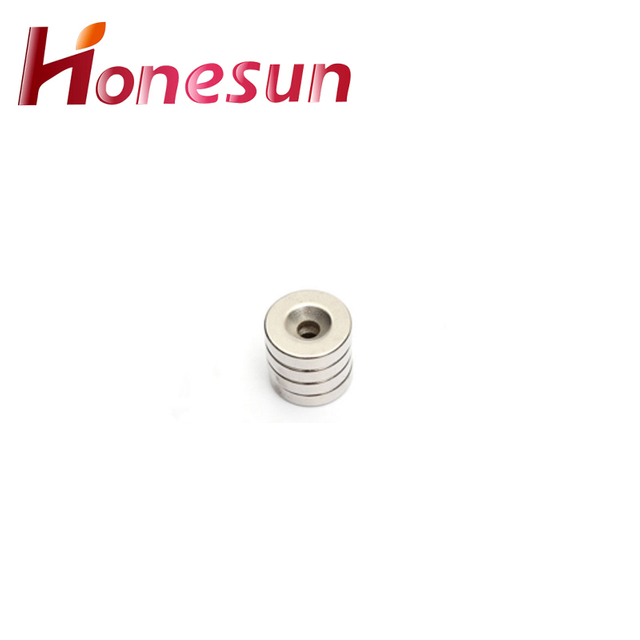

1.Are there any ethical concerns regarding the use of 10 mm magnet balls neodymium pulling force?
Yes, there are ethical concerns regarding the use of Neodymium Magnets. Neodymium magnets are powerful and can cause serious injury if swallowed. They can also interfere with medical devices such as pacemakers and defibrillators. Additionally, Neodymium magnets can be dangerous if used in the wrong way, such as when used to create a powerful magnetic field. Finally, Neodymium magnets can be hazardous to the environment if not disposed of properly.
2.How do you demagnetize a Neodymium Magnet?
We focus on teamwork and communication to achieve common goals, We attach great importance to this detail. Neodymium magnets can be demagnetized by heating them to a temperature of around 200°C (392°F) for a few minutes. This will cause the magnet to lose its magnetic properties. It is also possible to demagnetize a neodymium magnet by exposing it to a strong alternating magnetic field.

3.What is the manufacturing process for 10 mm magnet balls neodymium pulling force?
Our 10 mm magnet balls neodymium pulling force products undergo strict quality control to ensure customer satisfaction. 1. Raw Material Preparation: Neodymium magnets are made from an alloy of neodymium, iron, and boron. The raw materials are melted together in a vacuum induction furnace to create a homogenous alloy. 2. Compacting: The molten alloy is then poured into a die and compacted under high pressure to form a solid block. 3. Sintering: The compacted block is then heated in a vacuum furnace to sinter the material, which increases its strength and magnetic properties. 4. Machining: The sintered block is then machined into the desired shape and size. 5. Magnetizing: The machined magnet is then magnetized by exposing it to a strong magnetic field. This process aligns the magnetic domains within the material, creating a permanent magnet.
4.How do you prevent 10 mm magnet balls neodymium pulling force from corroding?
We continuously upgrade our skills and knowledge to adapt to changing 10 mm magnet balls neodymium pulling force market needs. Neodymium magnets can be protected from corrosion by coating them with a thin layer of oil, wax, or lacquer. Additionally, they can be stored in a dry, low-humidity environment.
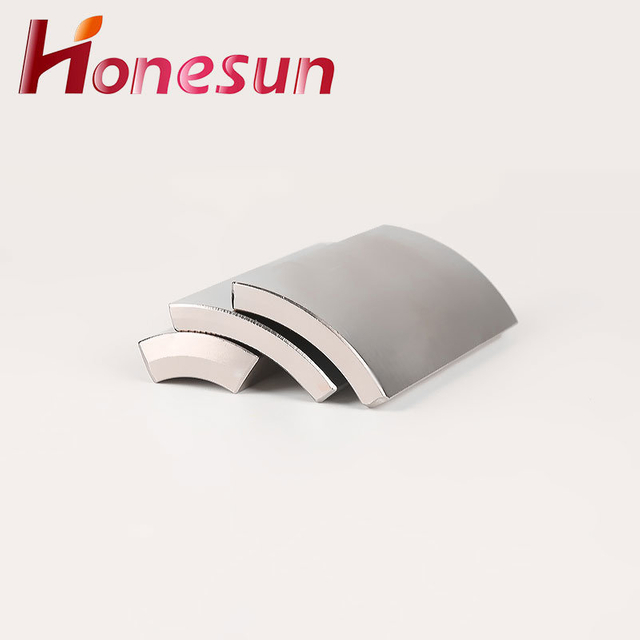
5.Can 10 mm magnet balls neodymium pulling force be used in underwater applications?
Our mission is to provide customers with the best solutions for 10 mm magnet balls neodymium pulling force. Yes, neodymium magnets can be used in underwater applications. However, they must be coated with a protective material such as nickel or epoxy to prevent corrosion.
6.Can 10 mm magnet balls neodymium pulling force lose their magnetism over time?
We focus on teamwork and communication to achieve common goals, We attach great importance to this detail. Yes, neodymium magnets can lose their magnetism over time. This is due to a process called demagnetization, which occurs when the magnet is exposed to high temperatures, strong electrical currents, or other magnets.
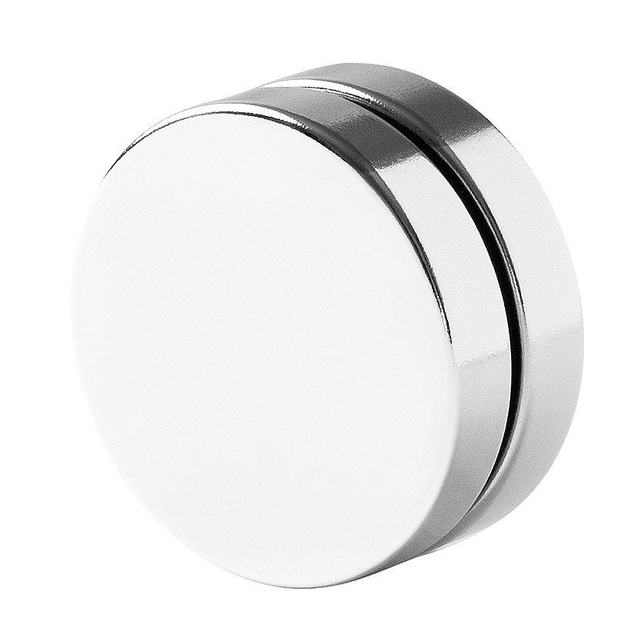
7.About 10 mm magnet balls neodymium pulling force MOQ
The minimum order quantity (MOQ) for neodymium magnets varies depending on the supplier. Generally, the MOQ is between 1 and 10 pieces, but some suppliers may require a higher MOQ.
8.About the scale of 10 mm magnet balls neodymium pulling force factory
Neodymium magnets are produced in a variety of sizes, shapes, and grades. The size of a neodymium magnet factory can vary greatly depending on the type of magnets being produced. Some factories may only produce small magnets, while others may produce large magnets for industrial applications. The size of the factory also depends on the number of employees and the amount of equipment needed to produce the magnets.
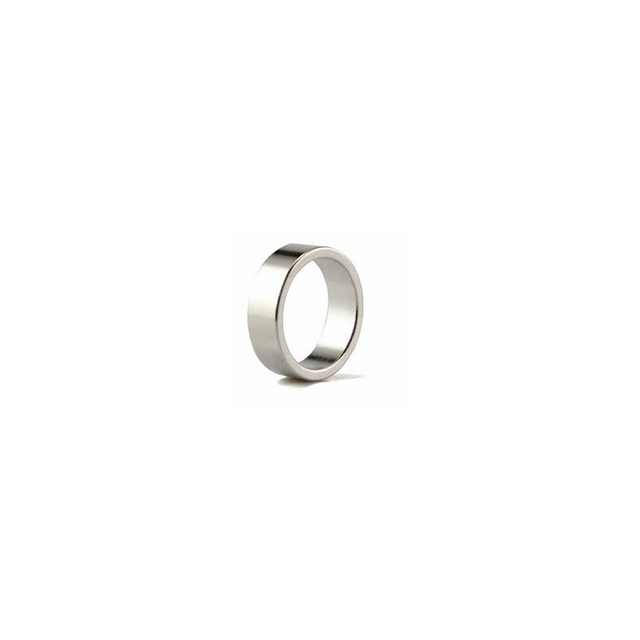
9.About 10 mm magnet balls neodymium pulling force raw materials
Neodymium magnets are made from an alloy of neodymium, iron, and boron. This alloy is known as NIB or NdFeB. The neodymium is the main component of the alloy, and it is what gives the magnets their strong magnetic properties. The iron and boron are added to the alloy to increase its strength and durability. Neodymium magnets are the strongest type of permanent magnet available, and they are used in a wide variety of applications.
10.About 10 mm magnet balls neodymium pulling force production skills training
Neodymium magnets are a type of rare earth magnet that is made from an alloy of neodymium, iron, and boron. They are the strongest type of permanent magnet available and are used in a variety of applications, from consumer electronics to industrial machinery. Neodymium magnets production skills training is designed to teach participants the basics of producing neodymium magnets. The training covers topics such as the properties of neodymium magnets, the manufacturing process, and safety considerations. Participants will also learn about the different types of neodymium magnets and their uses. The training is designed to give participants the knowledge and skills needed to produce neodymium magnets in a safe and efficient manner.
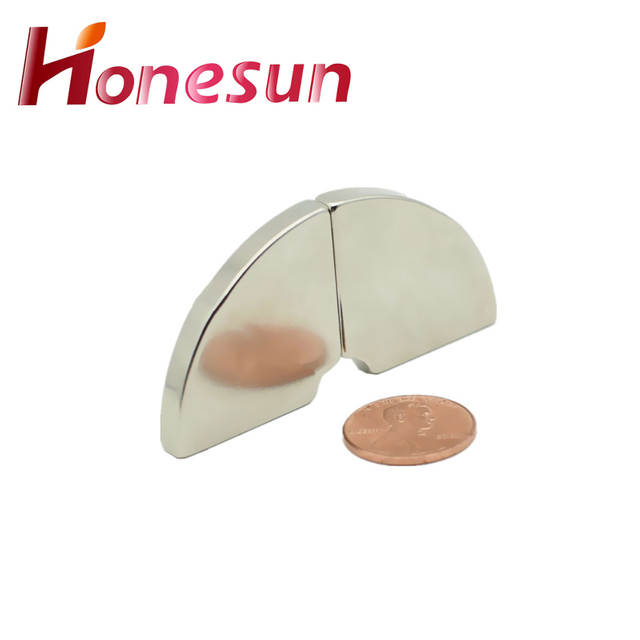
11.What are the limitations of using 10 mm magnet balls neodymium pulling force?
As one of the top 10 mm magnet balls neodymium pulling force manufacturers in China, we take this very seriously. 1. Neodymium magnets are brittle and can easily break or chip if dropped or handled roughly. 2. Neodymium magnets can corrode if exposed to moisture or other corrosive elements. 3. Neodymium magnets can be difficult to machine and require special tools and techniques. 4. Neodymium magnets can be difficult to demagnetize and require special tools and techniques. 5. Neodymium magnets can be expensive compared to other types of magnets.
12.What are the common uses of 10 mm magnet balls neodymium pulling force?
We operate our 10 mm magnet balls neodymium pulling force business with integrity and honesty. 1. Motors: Neodymium magnets are used in the production of electric motors, such as those found in cordless tools, hard disk drives, and electric vehicles. 2. Speakers: Neodymium magnets are used in the production of loudspeakers, headphones, and microphones. 3. Sensors: Neodymium magnets are used in the production of sensors, such as those found in medical imaging equipment. 4. Generators: Neodymium magnets are used in the production of generators, such as those found in wind turbines. 5. Magnetic Separation: Neodymium magnets are used in the production of magnetic separators, such as those found in recycling plants. 6. Jewelry: Neodymium magnets are used in the production of jewelry, such as magnetic bracelets and necklaces.
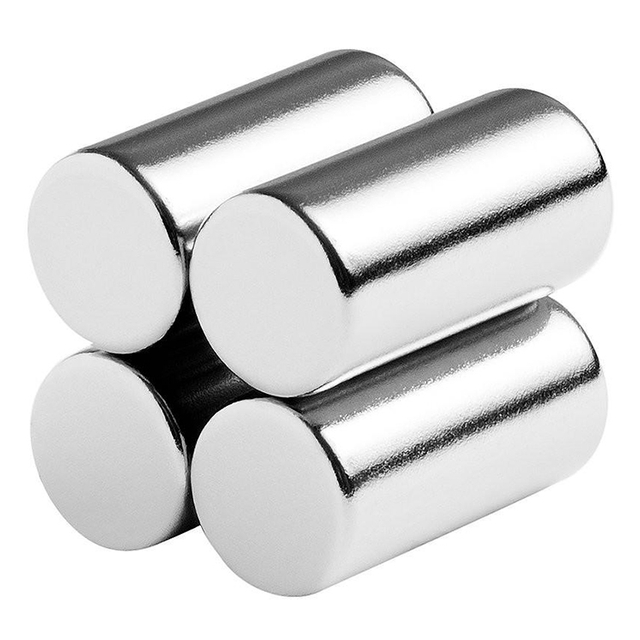
13.How do 10 mm magnet balls neodymium pulling force contribute to sustainable energy?
We operate our 10 mm magnet balls neodymium pulling force business with integrity and honesty. Neodymium magnets are used in a variety of renewable energy technologies, such as wind turbines, solar panels, and electric vehicles. They are used to generate electricity from wind and solar energy, and to power electric vehicles. Neodymium magnets are also used in the motors of hybrid and electric vehicles, which helps to reduce emissions and improve fuel efficiency. Additionally, neodymium magnets are used in the production of energy-efficient lighting, such as LED lights, which helps to reduce energy consumption.
14.How do you recycle 10 mm magnet balls neodymium pulling force?
We focus on our customers' needs and strive to meet their expectations, so we take this very seriously. Neodymium magnets are not typically recycled, as they are made from rare earth metals and are difficult to separate and process. It is best to reuse them or donate them to a local school or organization that can use them.
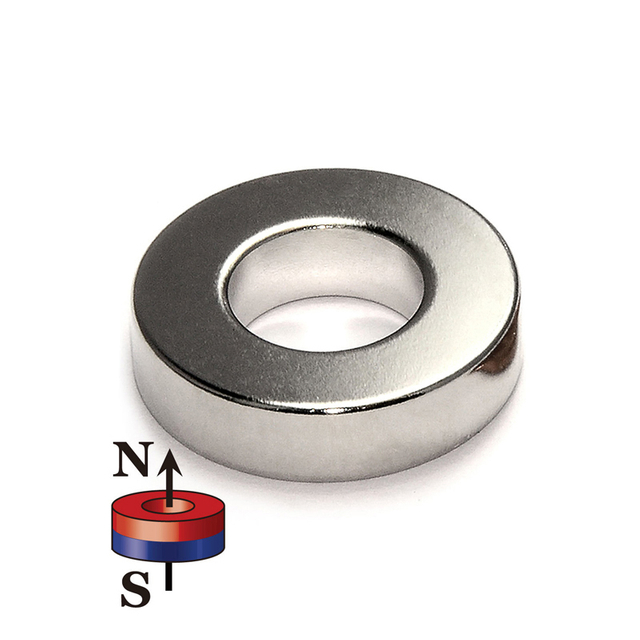
| Product Name | 10 mm magnet balls neodymium pulling force |
| Material | Neodymium Magnet/Permanet Magnet |
| Size | Various kinds or according to customers' request |
| Shape | Disc, Block, Ring, Countersunk, Segment, Trapezoid, Irregular shapes are available, Or Customized Shapes |
| Grade | N35-N52, N35M-N50M, N33H-N48H, N30SH-N35SH and so on |
| Tolerance in size | +/-0.05 mm |
| Direction of magnetisation | Through the thickness or through the diameter |
| Applications | 1. Electronic areas: speakers, headphones, acoustics, sensors and so on. 2. Motor areas: generators, servo motors, micro-motors, vibration motors, elevator motor and so on. 3. Clean Tech Energy: Water flow enhancement, wind turbines. 4. Health care: MRI, medical treatment equipment. 5. Other industries: electric doors and windows, electric vehicle, electric bicycles, computer, phone, boxes, magnetic tools, notebook and so on |



1.Are there any ethical concerns regarding the use of 10 mm magnet balls neodymium pulling force?
Yes, there are ethical concerns regarding the use of Neodymium Magnets. Neodymium magnets are powerful and can cause serious injury if swallowed. They can also interfere with medical devices such as pacemakers and defibrillators. Additionally, Neodymium magnets can be dangerous if used in the wrong way, such as when used to create a powerful magnetic field. Finally, Neodymium magnets can be hazardous to the environment if not disposed of properly.
2.How do you demagnetize a Neodymium Magnet?
We focus on teamwork and communication to achieve common goals, We attach great importance to this detail. Neodymium magnets can be demagnetized by heating them to a temperature of around 200°C (392°F) for a few minutes. This will cause the magnet to lose its magnetic properties. It is also possible to demagnetize a neodymium magnet by exposing it to a strong alternating magnetic field.

3.What is the manufacturing process for 10 mm magnet balls neodymium pulling force?
Our 10 mm magnet balls neodymium pulling force products undergo strict quality control to ensure customer satisfaction. 1. Raw Material Preparation: Neodymium magnets are made from an alloy of neodymium, iron, and boron. The raw materials are melted together in a vacuum induction furnace to create a homogenous alloy. 2. Compacting: The molten alloy is then poured into a die and compacted under high pressure to form a solid block. 3. Sintering: The compacted block is then heated in a vacuum furnace to sinter the material, which increases its strength and magnetic properties. 4. Machining: The sintered block is then machined into the desired shape and size. 5. Magnetizing: The machined magnet is then magnetized by exposing it to a strong magnetic field. This process aligns the magnetic domains within the material, creating a permanent magnet.
4.How do you prevent 10 mm magnet balls neodymium pulling force from corroding?
We continuously upgrade our skills and knowledge to adapt to changing 10 mm magnet balls neodymium pulling force market needs. Neodymium magnets can be protected from corrosion by coating them with a thin layer of oil, wax, or lacquer. Additionally, they can be stored in a dry, low-humidity environment.

5.Can 10 mm magnet balls neodymium pulling force be used in underwater applications?
Our mission is to provide customers with the best solutions for 10 mm magnet balls neodymium pulling force. Yes, neodymium magnets can be used in underwater applications. However, they must be coated with a protective material such as nickel or epoxy to prevent corrosion.
6.Can 10 mm magnet balls neodymium pulling force lose their magnetism over time?
We focus on teamwork and communication to achieve common goals, We attach great importance to this detail. Yes, neodymium magnets can lose their magnetism over time. This is due to a process called demagnetization, which occurs when the magnet is exposed to high temperatures, strong electrical currents, or other magnets.

7.About 10 mm magnet balls neodymium pulling force MOQ
The minimum order quantity (MOQ) for neodymium magnets varies depending on the supplier. Generally, the MOQ is between 1 and 10 pieces, but some suppliers may require a higher MOQ.
8.About the scale of 10 mm magnet balls neodymium pulling force factory
Neodymium magnets are produced in a variety of sizes, shapes, and grades. The size of a neodymium magnet factory can vary greatly depending on the type of magnets being produced. Some factories may only produce small magnets, while others may produce large magnets for industrial applications. The size of the factory also depends on the number of employees and the amount of equipment needed to produce the magnets.

9.About 10 mm magnet balls neodymium pulling force raw materials
Neodymium magnets are made from an alloy of neodymium, iron, and boron. This alloy is known as NIB or NdFeB. The neodymium is the main component of the alloy, and it is what gives the magnets their strong magnetic properties. The iron and boron are added to the alloy to increase its strength and durability. Neodymium magnets are the strongest type of permanent magnet available, and they are used in a wide variety of applications.
10.About 10 mm magnet balls neodymium pulling force production skills training
Neodymium magnets are a type of rare earth magnet that is made from an alloy of neodymium, iron, and boron. They are the strongest type of permanent magnet available and are used in a variety of applications, from consumer electronics to industrial machinery. Neodymium magnets production skills training is designed to teach participants the basics of producing neodymium magnets. The training covers topics such as the properties of neodymium magnets, the manufacturing process, and safety considerations. Participants will also learn about the different types of neodymium magnets and their uses. The training is designed to give participants the knowledge and skills needed to produce neodymium magnets in a safe and efficient manner.

11.What are the limitations of using 10 mm magnet balls neodymium pulling force?
As one of the top 10 mm magnet balls neodymium pulling force manufacturers in China, we take this very seriously. 1. Neodymium magnets are brittle and can easily break or chip if dropped or handled roughly. 2. Neodymium magnets can corrode if exposed to moisture or other corrosive elements. 3. Neodymium magnets can be difficult to machine and require special tools and techniques. 4. Neodymium magnets can be difficult to demagnetize and require special tools and techniques. 5. Neodymium magnets can be expensive compared to other types of magnets.
12.What are the common uses of 10 mm magnet balls neodymium pulling force?
We operate our 10 mm magnet balls neodymium pulling force business with integrity and honesty. 1. Motors: Neodymium magnets are used in the production of electric motors, such as those found in cordless tools, hard disk drives, and electric vehicles. 2. Speakers: Neodymium magnets are used in the production of loudspeakers, headphones, and microphones. 3. Sensors: Neodymium magnets are used in the production of sensors, such as those found in medical imaging equipment. 4. Generators: Neodymium magnets are used in the production of generators, such as those found in wind turbines. 5. Magnetic Separation: Neodymium magnets are used in the production of magnetic separators, such as those found in recycling plants. 6. Jewelry: Neodymium magnets are used in the production of jewelry, such as magnetic bracelets and necklaces.

13.How do 10 mm magnet balls neodymium pulling force contribute to sustainable energy?
We operate our 10 mm magnet balls neodymium pulling force business with integrity and honesty. Neodymium magnets are used in a variety of renewable energy technologies, such as wind turbines, solar panels, and electric vehicles. They are used to generate electricity from wind and solar energy, and to power electric vehicles. Neodymium magnets are also used in the motors of hybrid and electric vehicles, which helps to reduce emissions and improve fuel efficiency. Additionally, neodymium magnets are used in the production of energy-efficient lighting, such as LED lights, which helps to reduce energy consumption.
14.How do you recycle 10 mm magnet balls neodymium pulling force?
We focus on our customers' needs and strive to meet their expectations, so we take this very seriously. Neodymium magnets are not typically recycled, as they are made from rare earth metals and are difficult to separate and process. It is best to reuse them or donate them to a local school or organization that can use them.

Honesun Industrial Co., Ltd. focuses on designing, researching, developing, manufacturing and selling Magnets and Magnetic Assemblies. With more than 15 years' rich experience and considerate services.we have been recognized as a reliable.



